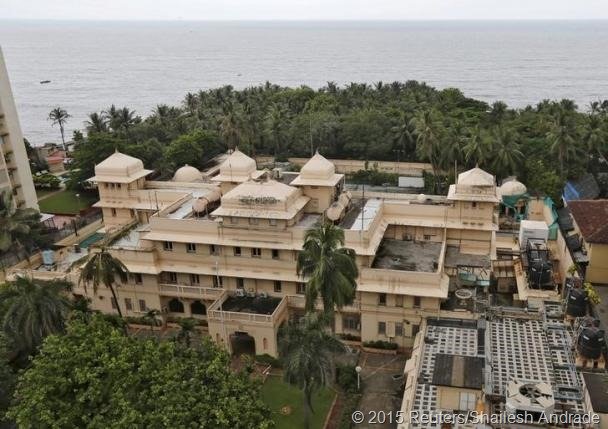The knead for bread
 Baker-blogger-author Saee Koranne-Khandekar launches her book Crumbs!, and makes bread infused with the flavours of Tamil Nadu
Baker-blogger-author Saee Koranne-Khandekar launches her book Crumbs!, and makes bread infused with the flavours of Tamil Nadu
There’s always been a sense of intimidation about making bread at home. Is it easy to find fresh yeast? How long should the dough sit? Will the proofing work? Is the consistency right? — These are questions legions of people have asked over the years.
Reading Crumbs! by Saee Koranne-Khandekar, the first thing that went out of the window was my fear of baking bread. Saee demystifies the process of making it, likening bread to something you’d want to do, rather than struggle to.
Aiding her are various techniques. Though she went to an institute to learn bread-making, she realised that the terminology was meant for commercial establishments, not people operating out of a home kitchen. That’s why her tip to check the dough consistency is: it should not be like that of a puri, but more like very moist chapatti dough.
The book, which has over 40 recipes for breads, including Indian unleavened and leavened ones, is a labour of love, written with the sole intent of simplifying baking. “India has a tradition of kneading and bread-making. Why are we frightened by the thought of making bread? It’s just about establishing the right connect,” she says.
In an age when everything maida and gluten-rich is being derided, Saee makes a case for good, wholesome bread, made with quality ingredients. “We’ve been eating maida and wheat for ages. The trouble comes when we use additives, flavouring agents, volumisers, stabilisers and the like. These tend to last forever, unlike ‘good’ bread that will start developing mould by day three or four.”
And yes, she bats for locally-available flours. “How possible is it for you to make bread only when someone brings in imported spelt or rye flour? Bread is everyday food; it is not something exotic. By putting it on a pedestal, we’ve distanced ourselves from it,” she says.
Bread is also a great nostalgia trigger. Saee’s first memory of bread is of her grandmother’s kitchen, where she made silken, layered poli (the Maharashtrian, triangular, folded chapatti). For many, the fragrance of bread is comforting, “as it should be”, she says.
As we speak, Saee heads to the kitchen of Batlivala & Khanabhoy, the Parsi restaurant in Alwarpet, and checks the batch of pav she’s set for resting. As we speak, it plumps up and takes on a shine from the water she drizzles on top. It goes into the oven, and 15 minutes later, the buttery-sweet aroma of freshly-baked bread fills the air. Saee must have baked hundreds of loaves so far, and trained others to make them too, but there’s a beam on her face as she checks it for springiness. “See the crust. Can you feel the softness within?” And, inside that compact kitchen, the air is suffused with the fragrance of nostalgia.
Let’s talk bread
Saee Koranne-Khandekar was in Chennai to launch Crumbs!, do a book reading and a demo of two breads — pav and the Maharashtrian thalipeeth. If Saee, who loves bread in any form, from across the world, were to bake in Tamil Nadu, what ingredients would it feature? “I’d make bread with curry leaves, toasted grated coconut, swirls of pulikaaichal or bite-sized chunks of tamarind, coat it with some sprouted seeraga samba rice and bake it.”
Published on The Hindu




